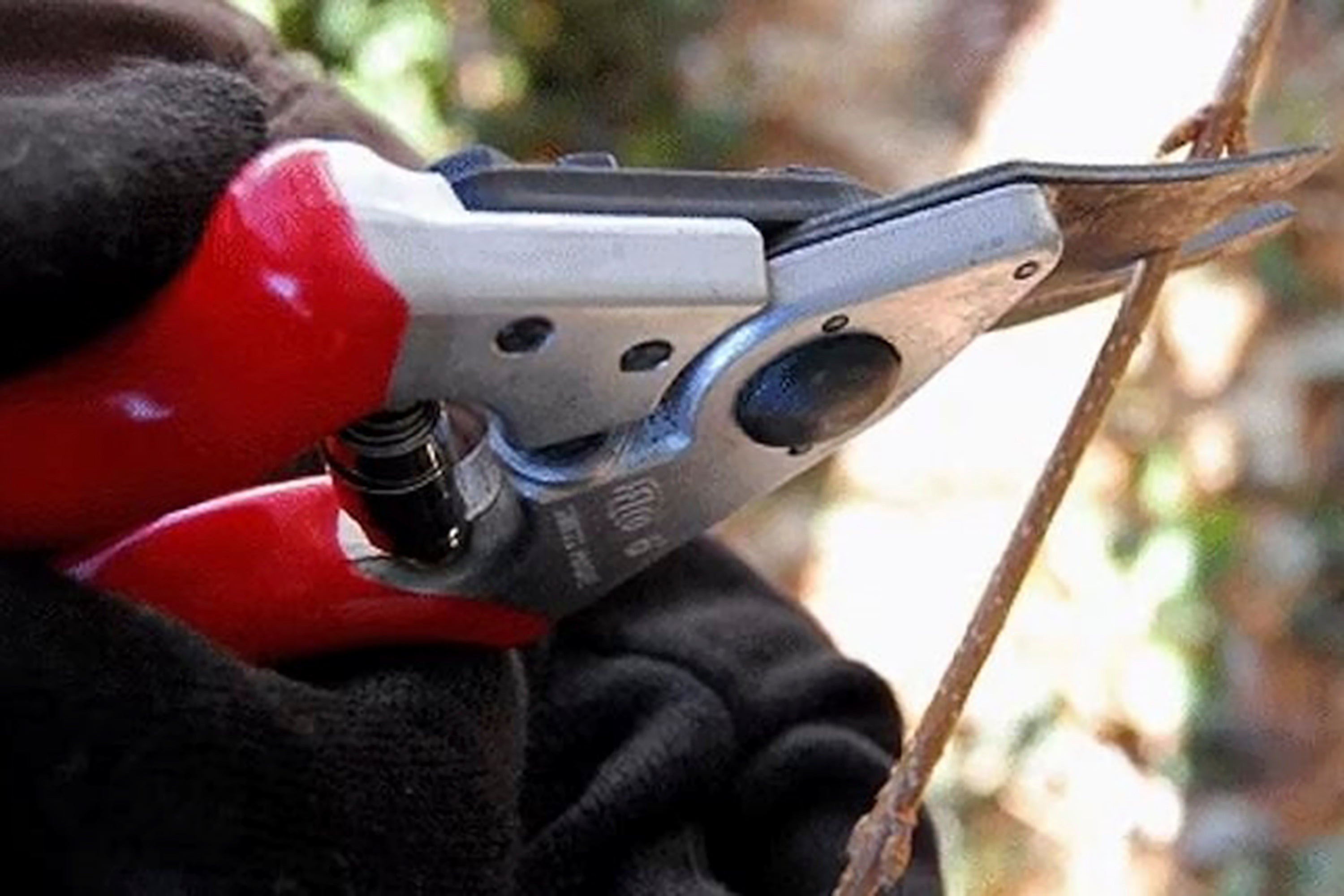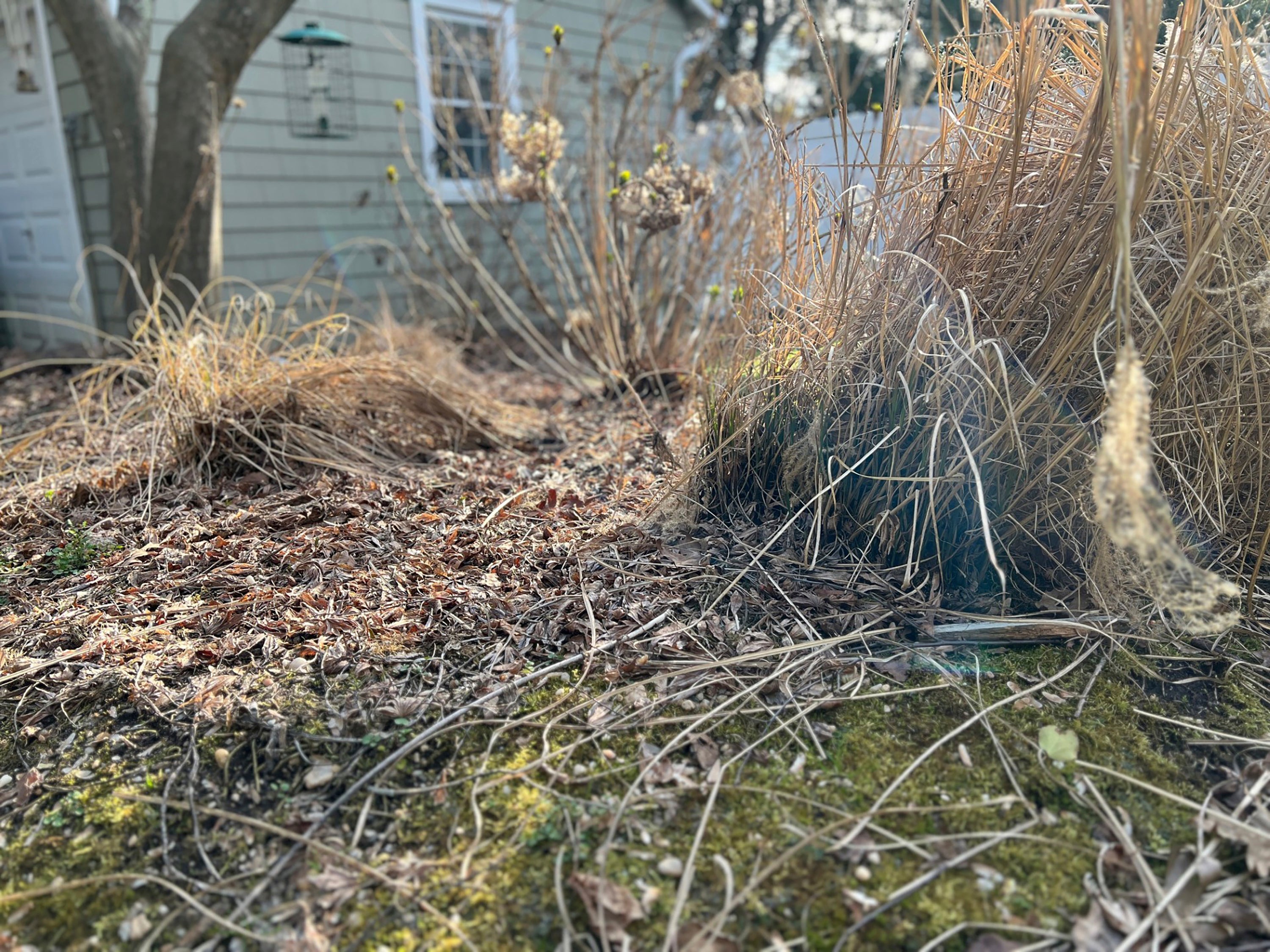The gardener’s guide to Spring chores to tackle now
What you need to do to get ready

Your support helps us to tell the story
From reproductive rights to climate change to Big Tech, The Independent is on the ground when the story is developing. Whether it's investigating the financials of Elon Musk's pro-Trump PAC or producing our latest documentary, 'The A Word', which shines a light on the American women fighting for reproductive rights, we know how important it is to parse out the facts from the messaging.
At such a critical moment in US history, we need reporters on the ground. Your donation allows us to keep sending journalists to speak to both sides of the story.
The Independent is trusted by Americans across the entire political spectrum. And unlike many other quality news outlets, we choose not to lock Americans out of our reporting and analysis with paywalls. We believe quality journalism should be available to everyone, paid for by those who can afford it.
Your support makes all the difference.As trees, shrubs, perennials and insects enter a new phase of life in our gardens, we, too, emerge from a type of dormancy in spring, a pause from yard work.
Well, buckle up, buttercups. It’s showtime.
First, inspect and assess the garden for safety. Have any tree branches snapped during winter storms? Are any broken and hanging? Now’s the time to remove them, as well as any dead wood. Use a sharp pruning saw to make clean cuts on the diagonal, just outside the branch collar (the swollen, bulbous area where the branch meets the trunk).
If the damage is within reach, you can tackle it on your own. But for anything higher than your head, it’s best to call in a professional arborist.
Prune shrubs, too, except for spring bloomers. Those should be handled right after their flowers fade.
Don’t rush
I know you like things nice and tidy – so do I – but refrain from applying mulch to garden beds until the soil has sufficiently warmed. Doing so earlier would trap cooler temperatures in the soil and delay root awakenings. Instead, mulch when tomatoes are planted in your region. In my New York garden, that means waiting until late May and biting my lip when the neighborhood landscapers started spreading the stuff in March.
Next, only after nighttime temperatures have remained above 50 degrees for an entire week, cut down last year’s spent perennials and ornamental grasses to make way for new growth. The idea is that many beneficial insects and pollinators, which take their cues from the weather rather than the calendar, will emerge ready to work in your garden at that point.
There’s some disagreement among experts about this timing because different species emerge at various temperatures. But I find it’s a good compromise that protects many insects while allowing you to maintain order in your beds and borders, keep your desired aesthetic and get on with your gardening.

The Lawn
If you have a lawn, check it for bare spots. Seed those areas once a week and water twice a day until new growth meets the existing turf height. Don’t let the seeds dry out even once, or you may have to start over. You can mow seeded lawns when young blades are 3 inches tall.
Pull weeds as soon as you spot them, while their roots are still easy to remove. And avoid walking on wet soil. Doing so would risk compaction and structural damage, which is hard to come back from.
Flowers
When flowering bulbs fade, apply a balanced fertilizer, such as a 10-10-10 product. But don’t remove leaves until they turn yellow. The plants need them to produce energy for next year’s bloom.
Finally, give established perennials a dose of fertilizer (I like fish emulsion) as soon as they wake up. And plant new ones, which appreciate six full weeks of growth before the summer heat sets in.
Hold off on planting annuals if you live where spring frosts are possible.
If you’re anything like me, you’ll probably find even more to do out there. But after tackling these key tasks, you’ll be heading into the growing season in good shape.